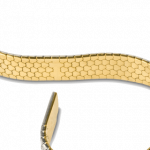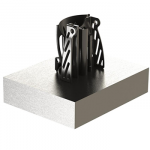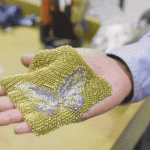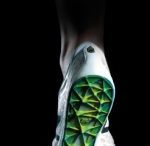Lifestyle Products – Turn Any Imaginable Shape into a Real Product with 3D Prototyping and Additive Manufacturing
Layerstech LTD opens the doors to a new world of manufacturing opportunities for designers and design engineers in the 3D prototyping sector.
3D prototyping is not bound by traditional design constraints and eliminates the limitations imposed by conventional manufacturing methods. Traditional methods tend to favor high-volume production: design changes cannot be implemented quickly, and personalized mass production requires significant effort. This creates pressure on companies in industries such as jewelry, watches, and footwear, who must cope with rising raw material costs, increasing demand for customization, and the need for more flexible and decentralized production.
Additive manufacturing offers new solutions to overcome these challenges. It unlocks a world of new possibilities for designers and design engineers. Users can transform virtually any shape into a real product—economically, flexibly, quickly, and with minimal material usage. Thanks to additive manufacturing, objects are produced layer by layer in a single process. Material is applied selectively and only where needed. As a result, the final products are both structurally stable and extremely lightweight.
3D prototyping is based entirely on digital processing and offers consistently high quality, optimal scalability, and short delivery times. Production is cost-effective starting from a single unit.
Some lifestyle product manufacturing companies have already established dedicated departments where product designers systematically explore the capabilities of this new technology. Here, additive manufacturing is used to produce furniture items such as lamps and chairs, as well as jewelry, handbags, and eyewear with unusual shapes and structures.
Given these advantages, additive manufacturing is expected to become equivalent to traditional manufacturing methods in the coming years. This will pave the way for new applications, such as customizable products like shoes and watches that can be configured online and produced in-store.










